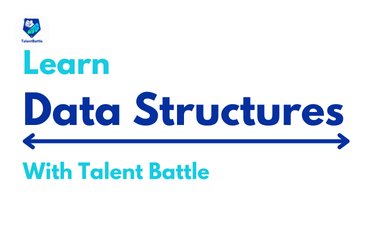Applications of Data Structures
Introduction to Algorithms
Operations Performed on Data Structures
Types of Data Structures

What is Data?
Data is a collection of facts, figures, and statistics that are collected for reference, analysis, or decision-making. Data can be anything from numbers and words to images, videos, and sounds.
Data Sets
A data set is a collection of related data. For example, a data set might include information about all the students in a school, such as their names, ages, grades, and addresses.
Entity
An entity is an object that exists and is distinguishable from other objects. In the context of a database, an entity could be a person, place, thing, or event that is represented by a set of data. For instance, in a school's database, a student would be an entity.
Table
A table is a collection of data organized in rows and columns. Each row represents a single record, and each column represents a specific attribute of that record. For example, a table of students might have columns for student ID, name, age, and grade.
A data structure is a method of organizing and storing data in memory to ensure efficient usage. Unlike programming languages such as C, C++, or Java, data structures are a collection of algorithms that can be utilized within any programming language to manage data in memory. Various algorithms, known as abstract data types (ADTs), are employed to define the rules for structuring data.
Data structures are broadly classified into two categories:
Data structures can also be categorized as static or dynamic:
Several common operations can be performed on data structures:
Selecting the appropriate data structure depends on the efficiency in terms of both time and space. For instance, a stack can be implemented using arrays or linked lists. Arrays might offer time efficiency, while linked lists might provide space efficiency. The choice of data structure should align with the specific requirements of the application.
Data structures offer several benefits:
Understanding these basic concepts of data structures is crucial for any aspiring programmer or data scientist. They form the backbone of efficient algorithm design and software development, enabling the creation of robust and high-performance applications.
